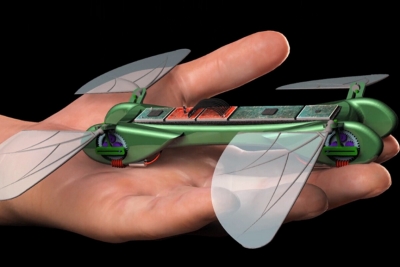

Butterflies lay almost a thousand eggs, but only a few of them survive. Most female butterflies lay eggs on leaves.
A few of them release their eggs while flying. One such example is the grass feeding butterflies. Some species lay one egg at a time, others lay eggs in a small clusters, while others lay hundreds at a time.
First, the female butterflies choose the correct food plant for their caterpillars. Then they walk on the leaves carefully, to make sure it belongs to the right plant species. The newly laid eggs are yellowish-white in colour. The eggs are protected by a hard-ridged outer layer of shell, called the chorion. This is lined with a coating of wax, which prevents the egg from drying out before the larva has had time to fully develop.
The egg stage lasts a few weeks in most butterflies, but eggs laid close to winter, go through a resting stage, and the hatching may take place only in spring






 Most of the beverages contain alkaloids which act as mild stimulants. Caffeine, for example, is found in coffee, tea, cocoa, milk chocolate and also in cola drinks. Tea has a trace of theophylline. Cocaine is found in products. These alkaloids are collectively referred to as methyl xanthenes. They share a number of pharmacological actions of much therapeutic interest: they relax, smoothen the muscles (notably bronchial muscle), and stimulate the central nervous system and cardiac muscle. They induce the kidneys to excrete more urine, stimulate mental activity, and quicken the reflexes, increase vigilance and decrease motor reactions time in response to both visual and auditory stimuli. They increase stamina and reduce fatigue. They give the users a feeling of confidence and power. They even induce euphoria in some users. These stimulant effects are short lived: they last for about an hour. They are then subsequently followed by depression. Overdose or repeated use may lead to paranoia, psychosis.
Most of the beverages contain alkaloids which act as mild stimulants. Caffeine, for example, is found in coffee, tea, cocoa, milk chocolate and also in cola drinks. Tea has a trace of theophylline. Cocaine is found in products. These alkaloids are collectively referred to as methyl xanthenes. They share a number of pharmacological actions of much therapeutic interest: they relax, smoothen the muscles (notably bronchial muscle), and stimulate the central nervous system and cardiac muscle. They induce the kidneys to excrete more urine, stimulate mental activity, and quicken the reflexes, increase vigilance and decrease motor reactions time in response to both visual and auditory stimuli. They increase stamina and reduce fatigue. They give the users a feeling of confidence and power. They even induce euphoria in some users. These stimulant effects are short lived: they last for about an hour. They are then subsequently followed by depression. Overdose or repeated use may lead to paranoia, psychosis.